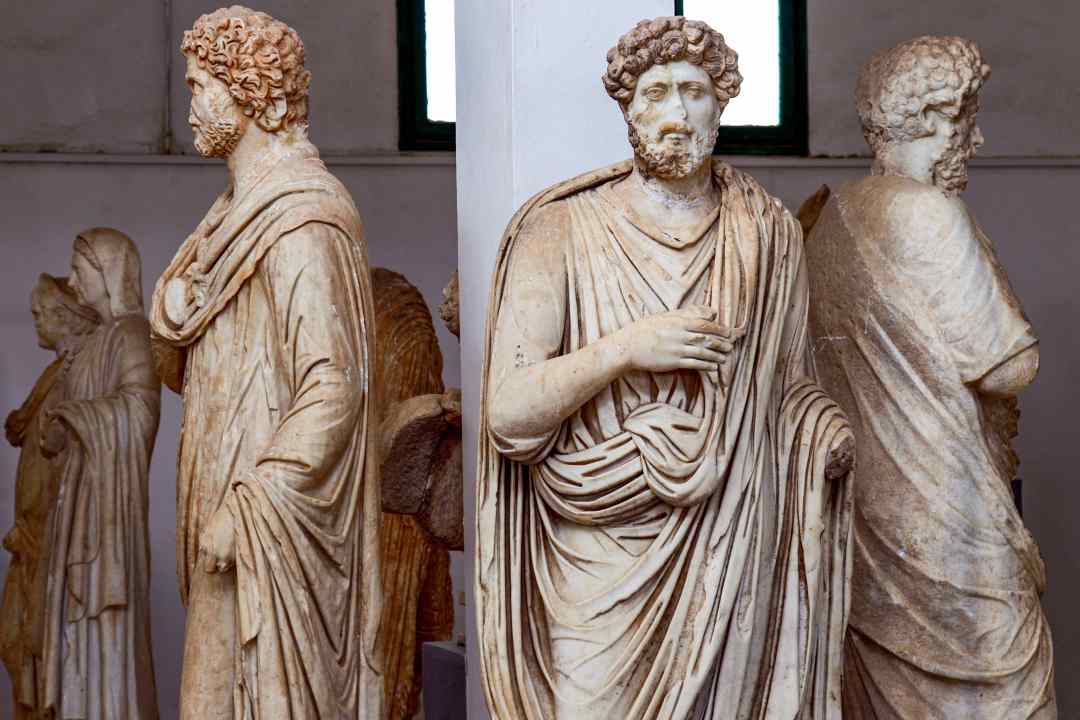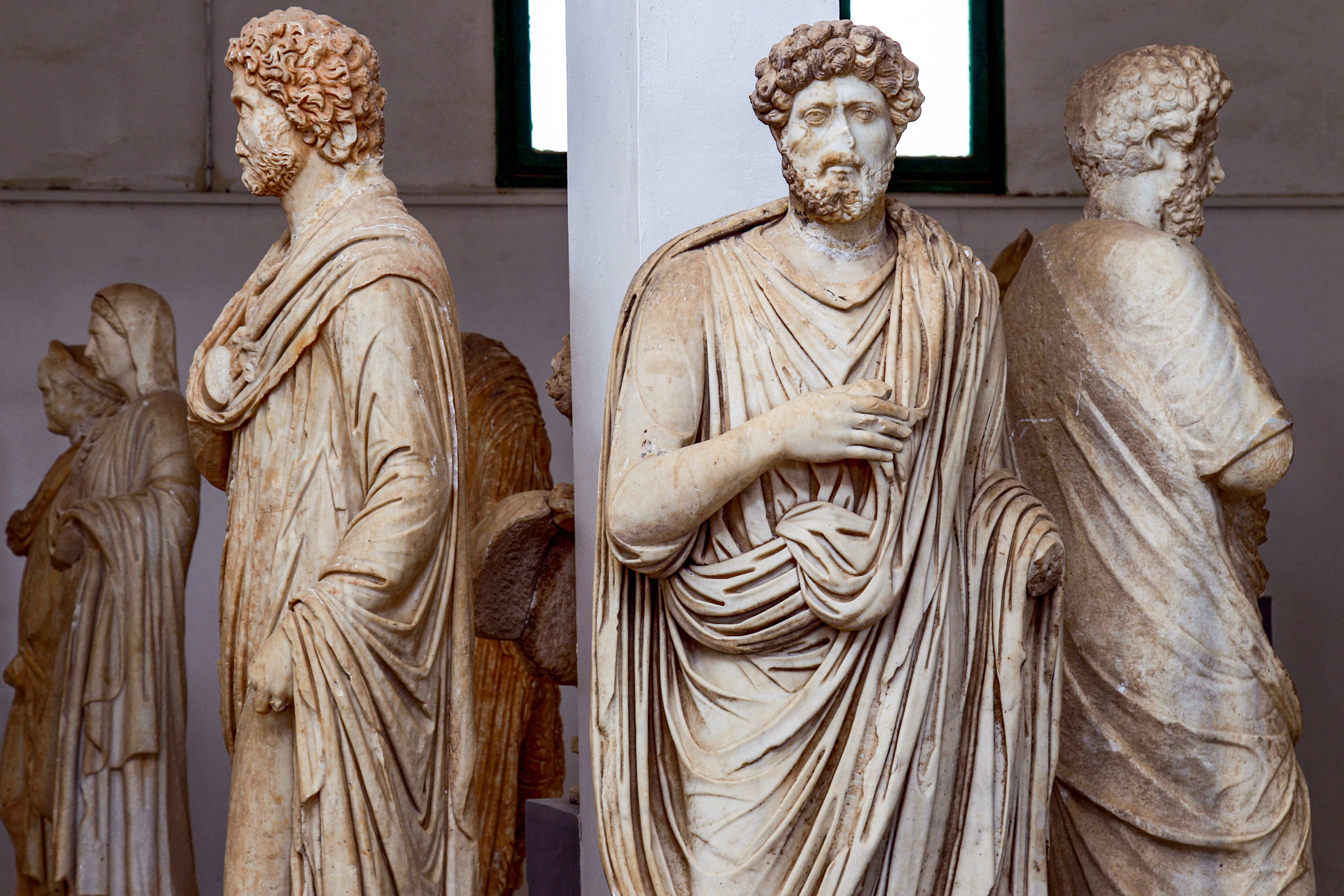In Cambridge University’s latest push to right the wrongs of history, its Museum of Classical Archaeology will add some signage to explain the ‘whiteness’ of its collection of Greek and Roman statues.
The Classics faculty, of which the museum is part, has taken this great and noble mission upon itself in response to an open letter signed by dozens of students, alumni and academics — including the chair of the Classics faculty itself. The letter calls for ‘an acknowledgement of the existence of systemic racism within Classics’ and argues that the white plaster casts of Classical statues give a ‘misleading impression’ of an ‘absence of diversity’ in the ancient world. The museum agrees, and so up goes the signage.
Mad as it may sound, there is logic in the lunacy.
Renaissance and Enlightenment thinkers in particular baulked at the savagery of colour
The statues overlooking the bustling fora of the ancient Mediterranean were not seen by the togaed passers-by in the creamy white of the marble they were carved from. The stately gods and heroes adorning the temples and cities of the ancient world were, in fact, daubed with dazzling dyes and paints.
The stains and smudges that you’ll find on many an ancient statue were not, as academics down the centuries suspected, the result of age and discolouration, but the remnants of these gaudy colours. Renaissance and Enlightenment thinkers in particular baulked at the savagery of colour, preferring to cling to a belief in a perfect white form.
And yet there is a glaring peculiarity in Cambridge’s logic, as one academic observed. The vast majority of the statues in the museum’s 600-strong collection are of Greeks and Romans, which doesn’t promise much by way of diversity. Dispelling the lies about white statues may be right and proper, but it cannot be for the reason the university has given — their statues are hardly a rainbow nation. The faculty are staking a claim to diversity without any means of delivering on it.
The statues are only a tiny (though very visible) part of the university’s attempt to demonstrate their do-goodery to the ever-pestering mob of students and staff demanding the politicisation of education. In response to last year’s open letter, the University created an ‘action plan’. In it, the Classics faculty flagellated itself for its failure to engage sufficiently with the ‘problematic past and present of Classics… in particular its relationship to imperialism, colonialism and entrenched racism.’
It promises to introduce a course that will consider Classics in the modern day. It will take a dive into political and cultural ideologies that have drawn on Classics as a legitimation of racialised identity. No doubt the bulbous men depicted in the sculpture of fascist Italy and groups like the American Identity Movement — who want to keep American identity white and European — will get the nod.
All told, we should be surprised it didn’t happen sooner. It’s standard practice in degree subjects dealing with any aspect of the past to have courses with painfully generic names like ‘history and society’ that examine assumptions and misconceptions about history.
These modules are by their essence more sociology — and politics — than history. More often than not they are an excuse for lecturers to rant about whichever part of the imaginary tweed-wearing establishment that most draws their ire. (At Newcastle it was Roy Strong, the museum director who dared to jump to the defence of country houses at risk of destruction and their toff inhabitants in the 1970s).
Subsequently, student punters like myself who had to endure these endless diatribes spent rather more of our time studying the perception of history than history itself. We are given a politicised story rather than history itself. Which is a kicker because it dilutes the subject, murders specialism and defeats the point of the degree.
Though there is some justice in the assault on white statues, it is for the wrong reasons — for politics, not academic principle. Universities, much like corporations with their dinky rainbow lanyards and swollen HR departments, are more committed to their appearance than to their product. As long as academic rigour plays second fiddle to public perception, students, both white and black, will lose out.







Comments